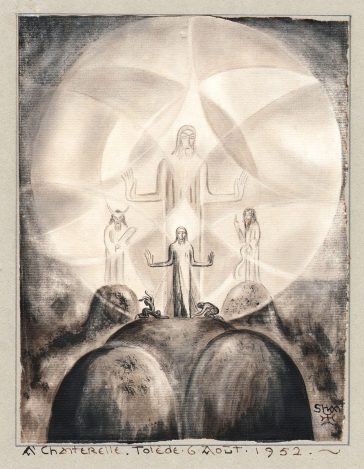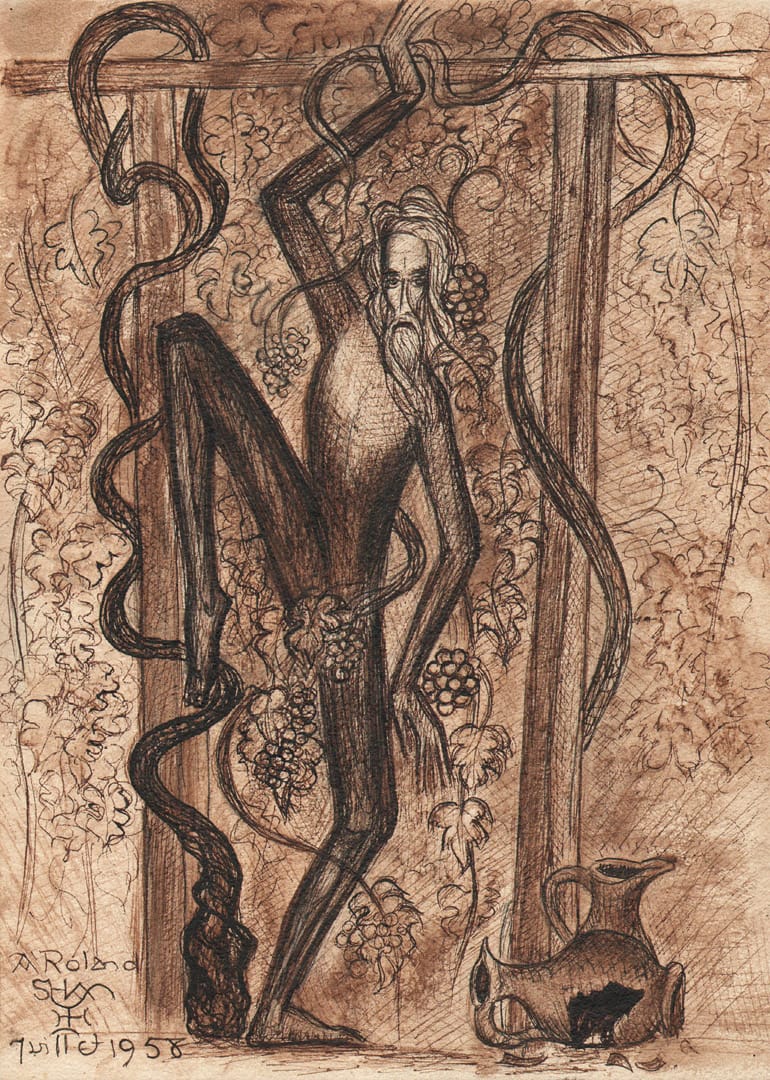A crossing of Old and New Testament, rich in symbols and interpretations. A way to Christ, center and summit of Biblical stories, including the time of the patriarchs and prophets Lanza himself witnesses.

Lanza del Vasto is, so to speak, a man from the Bible. Not only has he stature and look, but he is also steeped in the Sacred Scriptures and quotes them often.
Moreover, his whole drama is inspired by Biblical figures and events: Noah and the flood, David and Saul’s jealousy, the crib and the Adoration by the Magi, the Passion and Resurrection of Jesus.
To the first companions of the Arche community, Lanza explained a lot the Scriptures in a methodical or improvised, but always careful and inspired way.
He began with the Gospel, whose Judas, which was published in 1938, had revealed his greatly penetrating reading. The weekly conversations from 1946 to 1948, a glance through Jesus’ whole life, were gathered together in the Gospel Commentary, which was published in 1951.
We know Lanza commented then the history of the patriarchs, Jacob in particular, but the conversations of that time remained unpublished. However, the Quatre Fléaux, which were published in 1959, presents an original commentary of the Revelation, where the “Beast coming out of the sea” (Ch. XIII), is identified with techno-sciences.
Finally, in 1968, Lanza published La Montée des âmes vivantes, a huge and enlightening commentary of the accounts of Creation and original sin and, in 1971, he published “Reflections about the Crip” in Orée des trois vertus, a cosigned book with Arnaud de Mareuil.
Thus, from Genesis to Revelation by way of the Old Testament and Christ’s life, the whole Sacred Scripture is reread and interpreted by Lanza del Vasto.
Dare say that Bible is the scene, the backdrop where his work and his person are taking place. If this man seemed like someone straight out of Biblical times, it is not through artifice but because he deeply inhabited them.

